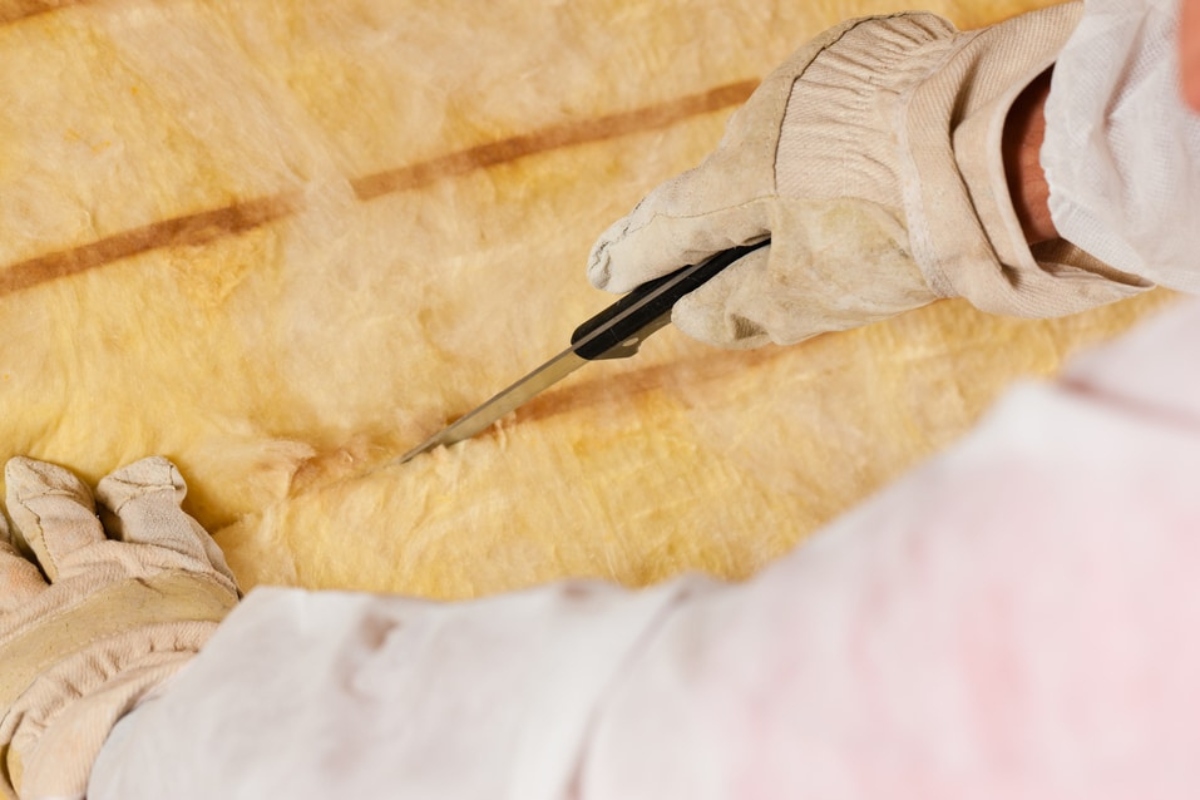

Articles
How To Wash Insulation Off Skin
Modified: December 7, 2023
Learn effective techniques and step-by-step methods to safely remove insulation from your skin with our informative articles.
(Many of the links in this article redirect to a specific reviewed product. Your purchase of these products through affiliate links helps to generate commission for Storables.com, at no extra cost. Learn more)
Introduction
Accidents happen, and it’s not uncommon to find yourself with insulation on your skin when dealing with home improvement projects or working with insulation materials. Insulation, whether it’s fiberglass, foam, or any other type, can be irritating and uncomfortable on the skin. It’s essential to remove it promptly to prevent any potential skin irritation, itching, or other adverse reactions.
In this article, we’ll guide you through the steps on how to effectively wash insulation off your skin. We’ll also provide you with some safety precautions to ensure you protect yourself while removing insulation. By following these guidelines, you’ll be able to clean your skin thoroughly and avoid any unpleasant consequences associated with prolonged contact with insulation materials.
Key Takeaways:
- Safely and effectively remove insulation from your skin by following these steps: wear protective clothing, use cold water and mild soap, and apply moisturizer to keep your skin healthy and irritation-free.
- Prioritize safety and skin health when dealing with insulation. Remove excess insulation, wash with cold water and mild soap, and apply moisturizer to ensure a thorough and safe cleaning process.
Read more: How To Remove Foam Insulation From Skin
Safety Precautions
Before you begin the process of washing insulation off your skin, it’s essential to take some safety precautions to minimize any potential risks. Here are a few guidelines to keep in mind:
- Wear Protective Clothing: When working with insulation, always wear long sleeves, pants, gloves, and safety goggles to protect your skin and eyes from direct contact.
- Avoid Touching Face and Eyes: Be cautious not to touch your face or eyes while dealing with insulation. If you accidentally get insulation on your hands, wash them thoroughly before touching your face or any other part of your body.
- Work in a Well-Ventilated Area: Insulation materials can release tiny particles or fibers into the air, which can cause respiratory irritation. Make sure you work in a well-ventilated area or use a fan to disperse any airborne particles.
- Use Proper Tools: If you need to handle insulation, use appropriate tools like gloves, tongs, or a brush to minimize direct contact with your skin.
- Discard Contaminated Clothing: If your clothing gets heavily contaminated with insulation, it’s best to dispose of it properly rather than trying to clean it. This will prevent any residual insulation particles from coming into contact with your skin again.
By following these safety precautions, you can minimize the potential risks and protect yourself while removing insulation from your skin.
Required Materials
Before you start washing insulation off your skin, gather the following materials:
- Cold Water: Cold water is the best choice for removing insulation from your skin. Avoid using hot water, as it can cause the insulation to melt and stick to your skin even more.
- Mild Soap or Cleanser: Choose a mild soap or cleanser that is gentle on the skin. Avoid harsh chemicals or abrasive cleansers, as they can further irritate your skin.
- Gentle Scrub or Washcloth: Use a gentle scrub or washcloth to remove the insulation from your skin. Avoid using rough scrubbing materials that can cause skin damage.
- Towel: Keep a clean towel nearby to pat your skin dry after rinsing off the insulation.
- Moisturizer or Lotion: After washing off the insulation, apply a moisturizer or lotion to hydrate and soothe your skin.
Having these materials ready will ensure that you can effectively clean your skin and minimize any discomfort caused by the insulation.
Step 1: Remove Excess Insulation
Before you start the washing process, it’s important to remove any excess insulation from your skin. This will help prevent further irritation or discomfort during the cleaning process. Here’s how to do it:
- Start by gently brushing or patting the affected area with your hand or a clean cloth. This will help loosen any loose insulation that may be stuck to your skin.
- Use a soft brush or your fingers to gently flick or brush away any visible or loose insulation fibers. Be careful not to press too hard, as this may cause the insulation to embed further into your skin.
- If there are any larger pieces of insulation stuck to your skin, you can use tweezers or tongs to carefully lift and remove them. Take your time and be gentle to avoid causing any injury or skin damage.
- Continue this process until you have removed as much of the excess insulation as possible. Remember not to scratch or rub the affected area vigorously, as this can lead to skin irritation.
By removing the excess insulation, you’ll make the washing process more effective and reduce the chance of any remaining fibers causing irritation or discomfort.
Step 2: Wash Skin with Cold Water
After removing the excess insulation, it’s time to wash your skin with cold water. Cold water helps to neutralize the potential irritation caused by the insulation and prevents any residual fibers from embedding deeper into your skin. Follow these steps:
- Find a sink or a basin where you can comfortably wash the affected area.
- Turn on the cold water tap and let it run until the water reaches a cool temperature.
- Gently place the affected area under the running cold water. Make sure the water is directly hitting the area with insulation on your skin.
- Let the cold water flow over the affected area for several minutes. This will help to rinse away any remaining loose insulation fibers.
- While rinsing, you can use your fingers to gently massage the area in circular motions. This can help dislodge any stubborn insulation particles.
- Continue rinsing with cold water until you no longer see any visible insulation on your skin.
Remember to use only cold water for this step. Hot water can cause the insulation to melt and stick to your skin, making it harder to remove.
Once you have thoroughly washed the affected area with cold water, you can move on to the next step to further cleanse your skin.
Read more: How To Get Printer Ink Off Skin
Step 3: Apply Mild Soap or Cleanser
After rinsing your skin with cold water, the next step is to apply a mild soap or cleanser to further cleanse the affected area. This step will help remove any remaining insulation residue and ensure your skin is thoroughly clean. Follow these steps:
- Choose a mild soap or cleanser that is gentle on the skin. Look for products that are free of harsh chemicals or fragrances.
- Wet your hands and lather the mild soap or cleanser until it forms a rich foam.
- Gently apply the soap or cleanser to the affected area with insulation on your skin. Use your fingers to massage the area in circular motions.
- Be cautious not to rub too harshly or vigorously, as this can irritate your skin. Instead, focus on applying gentle pressure to cleanse the area.
- Continue massaging the soap or cleanser into the skin for about a minute or two.
By using a mild soap or cleanser, you can effectively remove any remaining insulation particles from your skin and leave it clean and refreshed.
Once you have thoroughly applied the soap or cleanser, you’re ready to move on to the next step of gently scrubbing the affected area.
Use a mild soap and warm water to gently wash insulation off skin. Avoid scrubbing too hard to prevent irritation. If irritation occurs, seek medical attention.
Step 4: Gently Scrub the Affected Area
Now that you have applied a mild soap or cleanser to the affected area, it’s time to gently scrub the skin to remove any remaining insulation particles. This step helps to loosen and dislodge any stubborn fibers that may still be clinging to your skin. Follow these steps:
- Take a gentle scrub or a soft washcloth and wet it with water.
- Gently scrub the affected area in circular motions. Be careful not to scrub too hard, as this can irritate your skin.
- Focus on areas where the insulation is more stubborn or difficult to remove.
- Continue gently scrubbing for a few minutes, ensuring that you cover the entire affected area.
- Rinse the scrub or washcloth with water periodically to remove any trapped insulation fibers.
Remember to be gentle during this step, as excessive scrubbing can cause skin irritation and redness. The goal is to remove the insulation particles without causing any harm to your skin.
Once you have finished gently scrubbing the affected area, it’s time to move on to the next step of thoroughly rinsing your skin.
Step 5: Rinse Thoroughly
After gently scrubbing the affected area, it’s crucial to rinse your skin thoroughly to remove any traces of insulation, soap, or cleanser. Thoroughly rinsing will ensure that your skin is clean and free from any potential irritants. Follow these steps:
- Position the affected area under running cold water once again.
- Allow the water to flow over the affected area for a few minutes, ensuring that it rinses away any remaining residue.
- Gently rub the area with your fingers while rinsing to ensure that all the insulation and cleanser are washed away.
- Check the affected area carefully to ensure no insulation particles are visible.
- If you notice any lingering insulation or soap, continue rinsing until your skin is clean and clear.
Thoroughly rinsing the affected area is crucial in preventing any potential skin irritation or discomfort. Take your time during this step to ensure that all traces of insulation and cleansing products are completely removed.
Once you have finished rinsing, move on to the next step of gently patting your skin dry.
Step 6: Pat Dry with a Towel
After rinsing off the insulation and thoroughly cleaning your skin, it’s time to gently pat the affected area dry. Pat drying helps to remove excess moisture without causing any friction or irritation to the skin. Follow these steps:
- Take a clean, soft towel and gently press it against the affected area.
- Avoid rubbing or scrubbing the towel on your skin, as this can cause irritation.
- Gently pat the skin in a light, dabbing motion to absorb any excess water.
- Continue patting until the skin feels dry, but do not apply excessive pressure.
- If necessary, you can use a different section of the towel as it becomes damp to avoid transferring moisture back onto the skin.
By patting your skin dry instead of rubbing, you minimize the risk of skin irritation and maintain the integrity of your skin barrier. Remember to be gentle and avoid any harsh movements during this step.
Once you have finished patting your skin dry, proceed to the final step of applying moisturizer or lotion to keep your skin hydrated.
Read more: How To Store Pomoca Skins
Step 7: Apply Moisturizer or Lotion
After washing and drying your skin, it’s essential to replenish moisture and nourish your skin by applying a moisturizer or lotion. This step helps to soothe any potential dryness or irritation caused by the insulation and ensures that your skin stays hydrated. Follow these steps:
- Choose a gentle, fragrance-free moisturizer or lotion that is suitable for your skin type.
- Take a small amount of the moisturizer or lotion and gently massage it onto the affected area.
- Use your fingers to spread the moisturizer or lotion evenly, ensuring it covers all the cleaned areas.
- Massage the product into your skin in gentle, circular motions, allowing it to absorb.
- Continue massaging for a few minutes until the moisturizer or lotion is fully absorbed.
Applying a moisturizer or lotion after washing helps to restore the skin’s natural moisture barrier and prevents dryness or irritation. It also provides a protective layer that can help minimize any potential further contact with residual insulation fibers.
Remember to choose a moisturizer or lotion that is hypoallergenic and suitable for sensitive skin, as you want to avoid any additional irritation or allergic reactions. Apply the moisturizer or lotion regularly, especially in the days following the insulation exposure, to keep your skin hydrated and nourished.
Your skin will thank you for this extra care and attention!
Conclusion
Dealing with insulation on your skin can be uncomfortable and potentially irritating. However, by following these steps, you can effectively wash insulation off your skin and minimize any adverse effects. Remember to prioritize your safety by wearing protective clothing and working in a well-ventilated area when handling insulation.
Removing excess insulation, washing your skin with cold water, applying a mild soap or cleanser, gently scrubbing the affected area, rinsing thoroughly, patting your skin dry, and applying moisturizer or lotion are the key steps to ensure a thorough and safe cleaning process.
By taking the necessary precautions and following these steps, you can effectively remove insulation from your skin, prevent any irritation or discomfort, and maintain the health and integrity of your skin.
However, if you experience persistent irritation, redness, or other concerning symptoms after washing off the insulation, it’s advisable to consult a healthcare professional for further evaluation and guidance.
Remember, prioritizing your safety and taking care of your skin is crucial. By following these guidelines, you can tackle insulation on your skin with confidence and minimize any potential complications.
Frequently Asked Questions about How To Wash Insulation Off Skin
Was this page helpful?
At Storables.com, we guarantee accurate and reliable information. Our content, validated by Expert Board Contributors, is crafted following stringent Editorial Policies. We're committed to providing you with well-researched, expert-backed insights for all your informational needs.
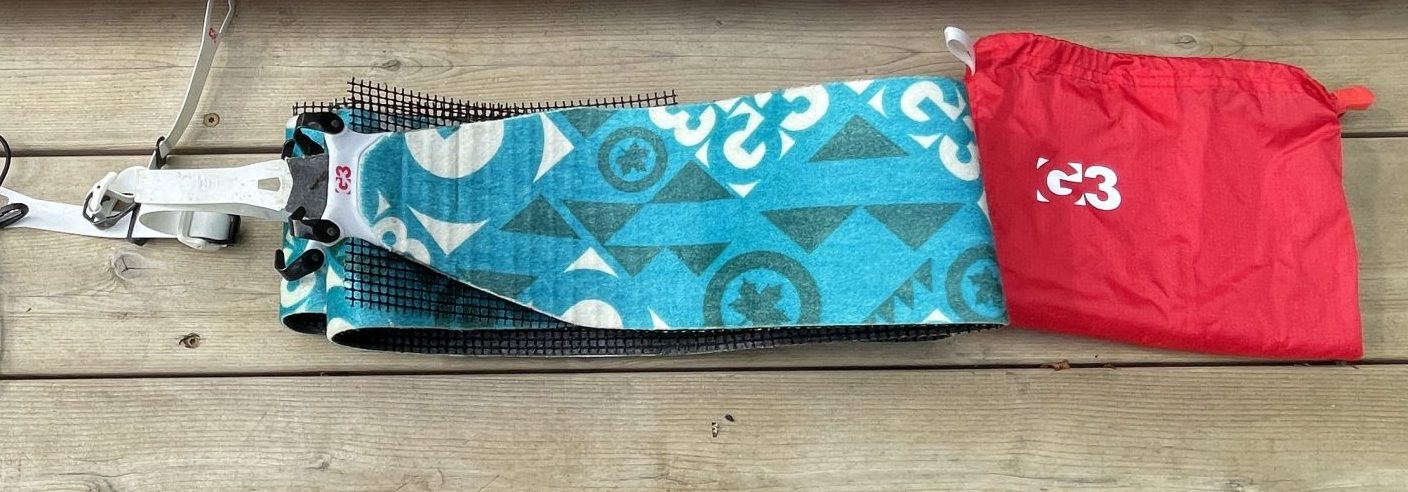
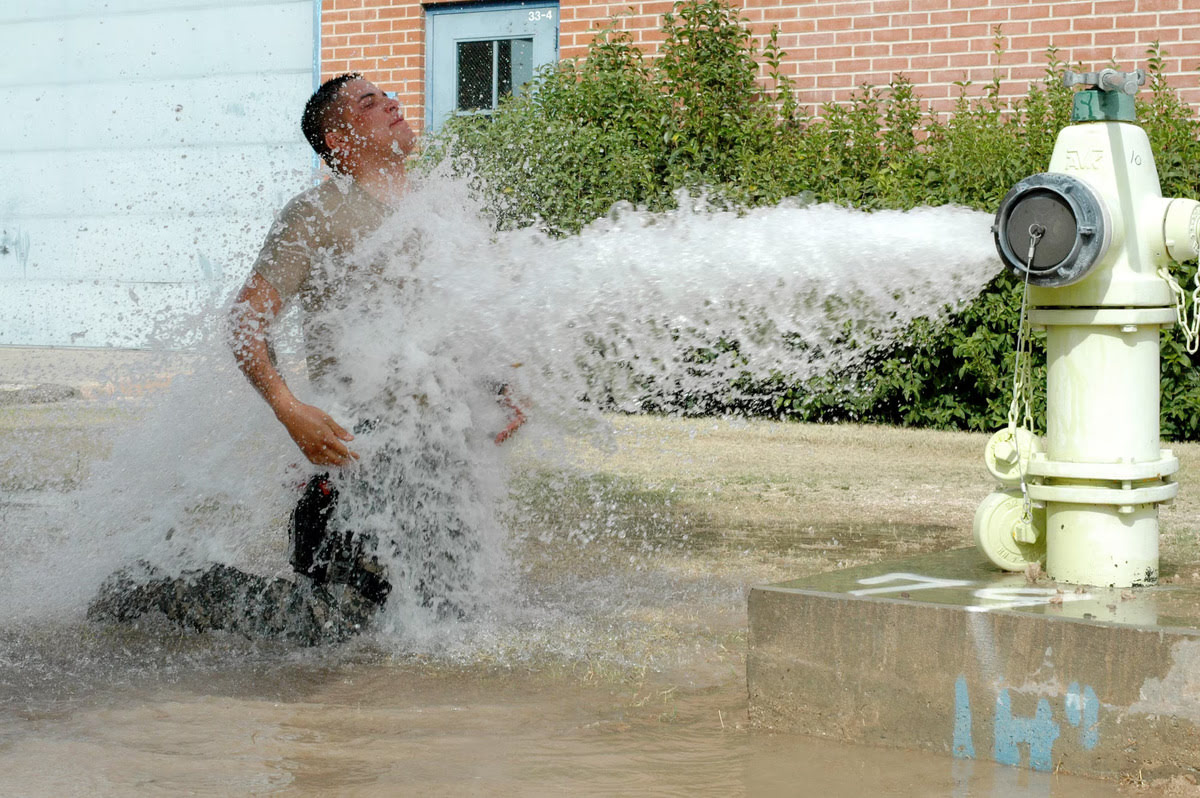
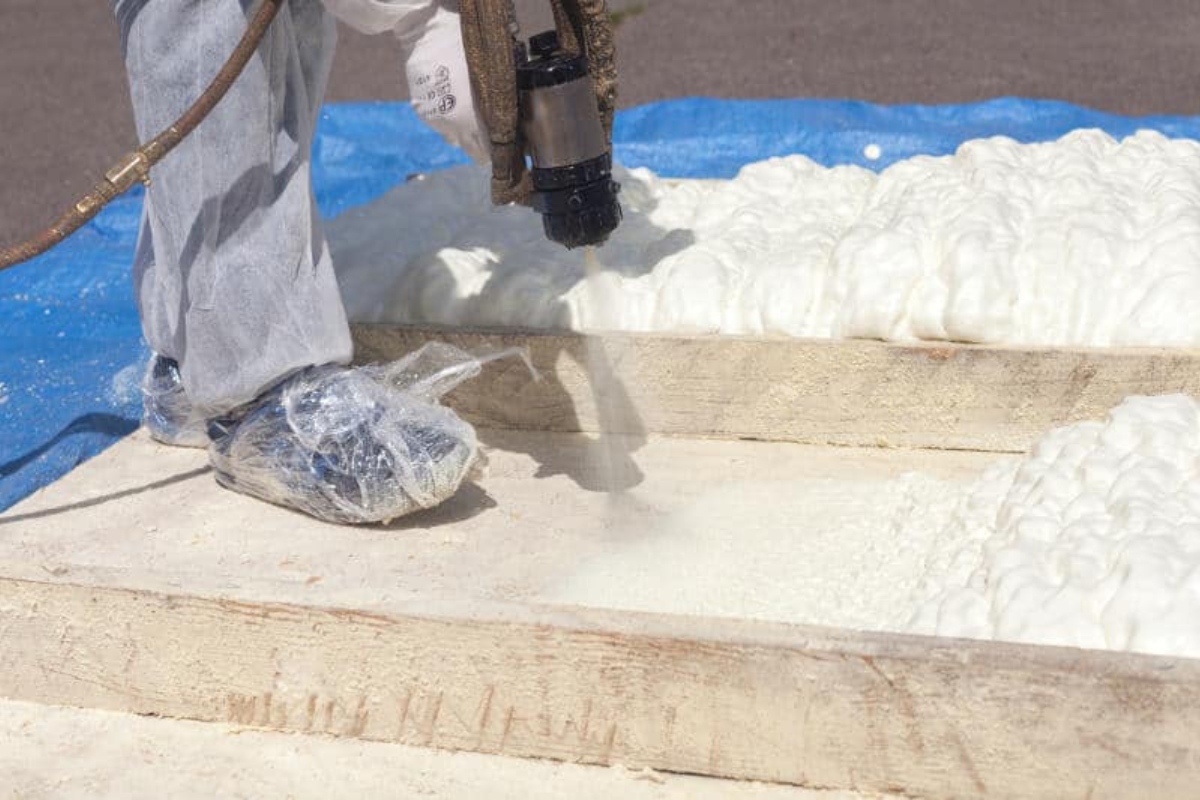
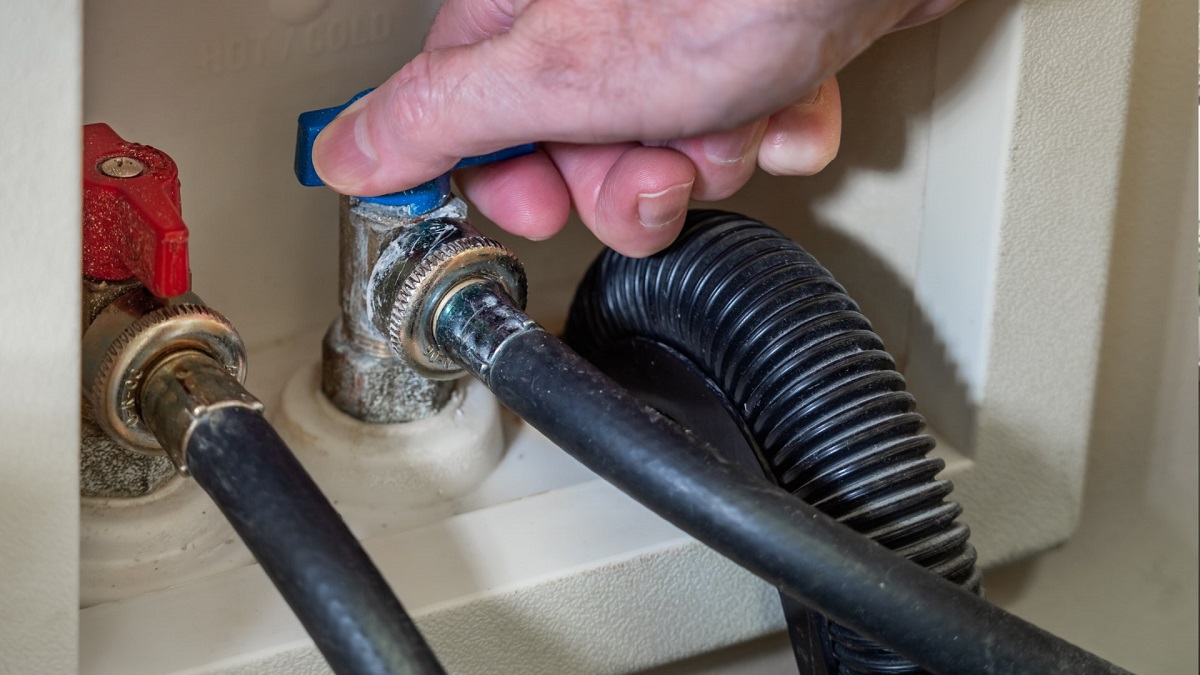

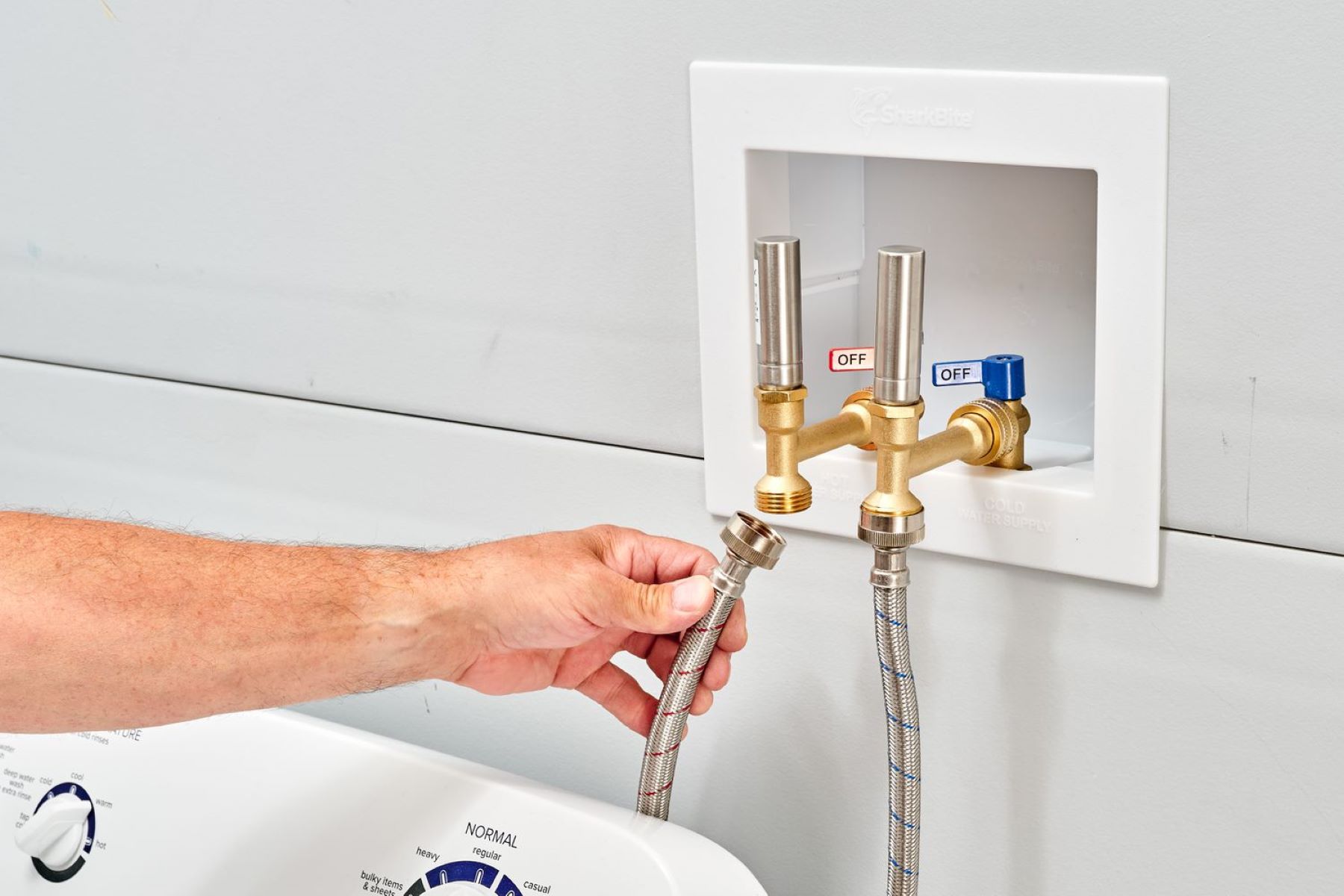
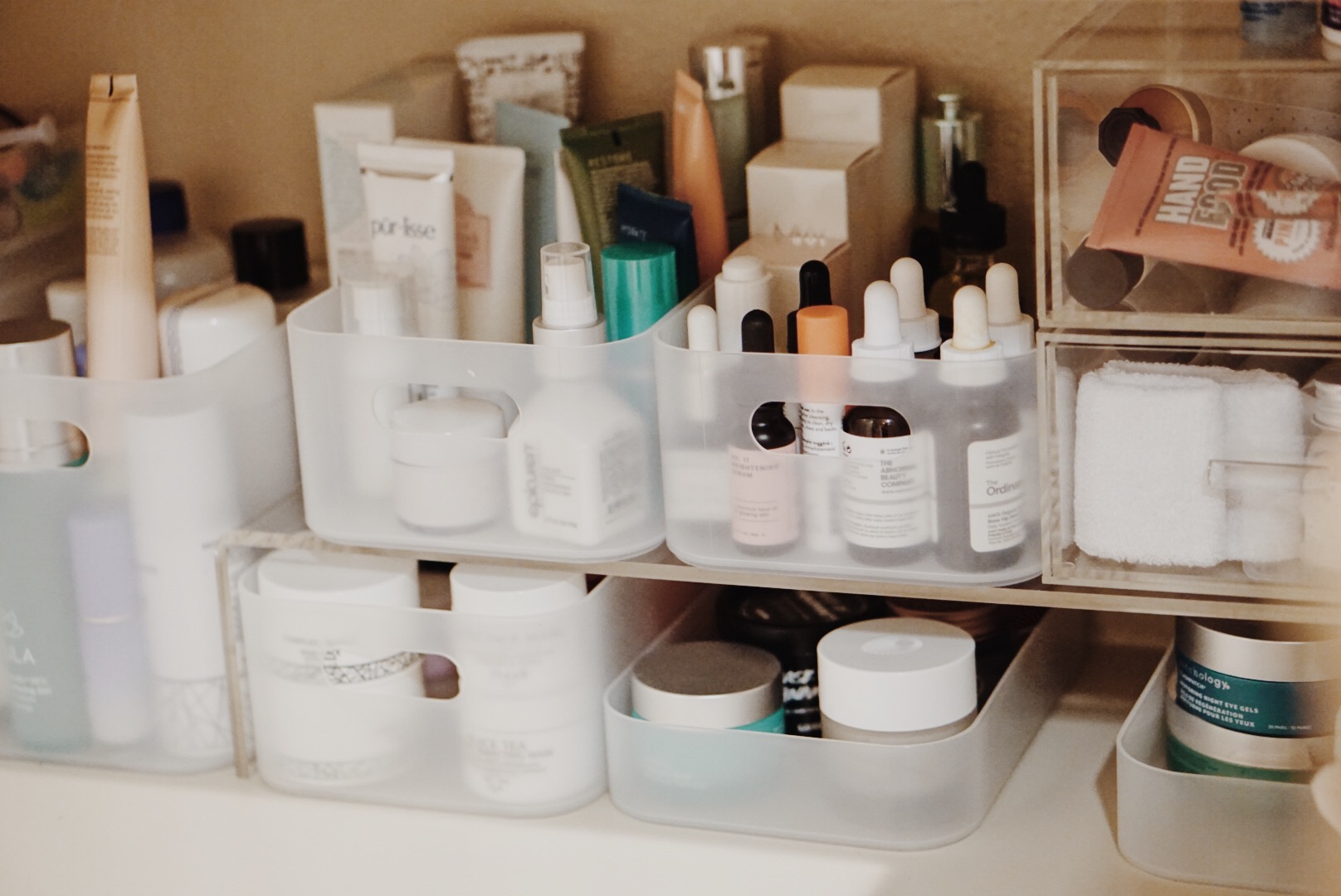
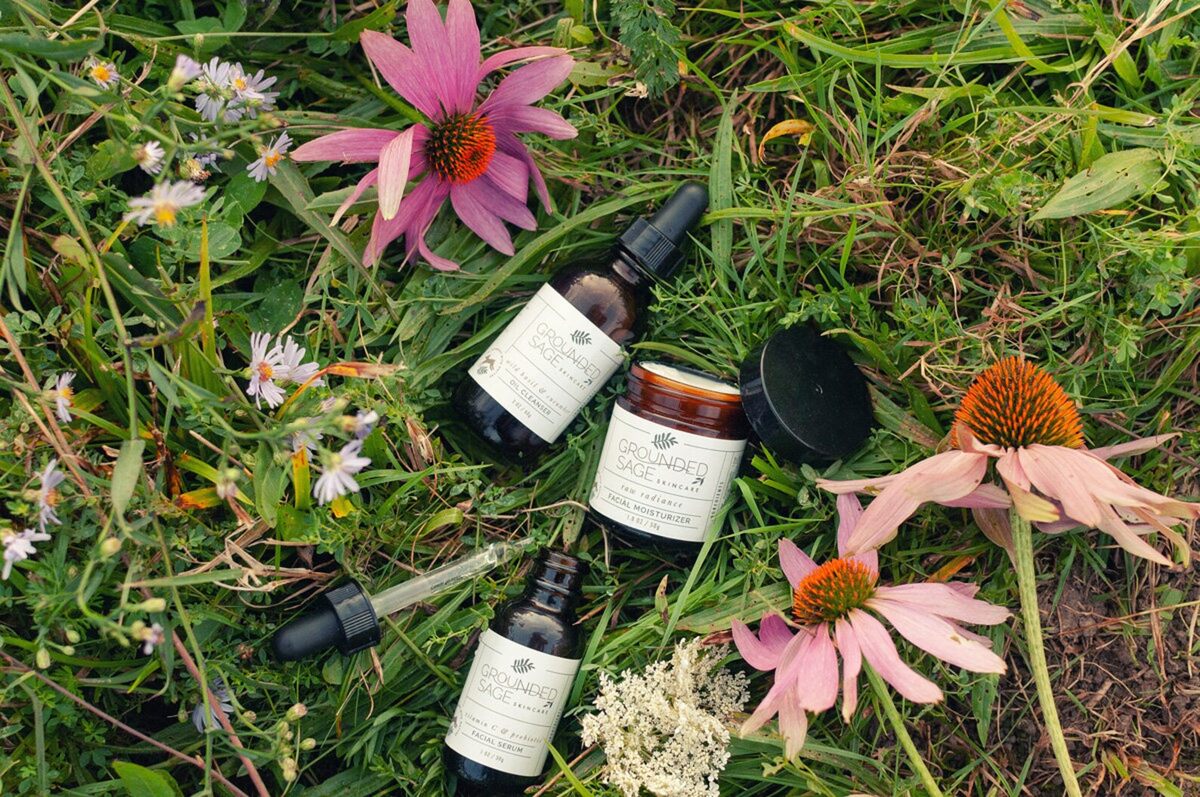
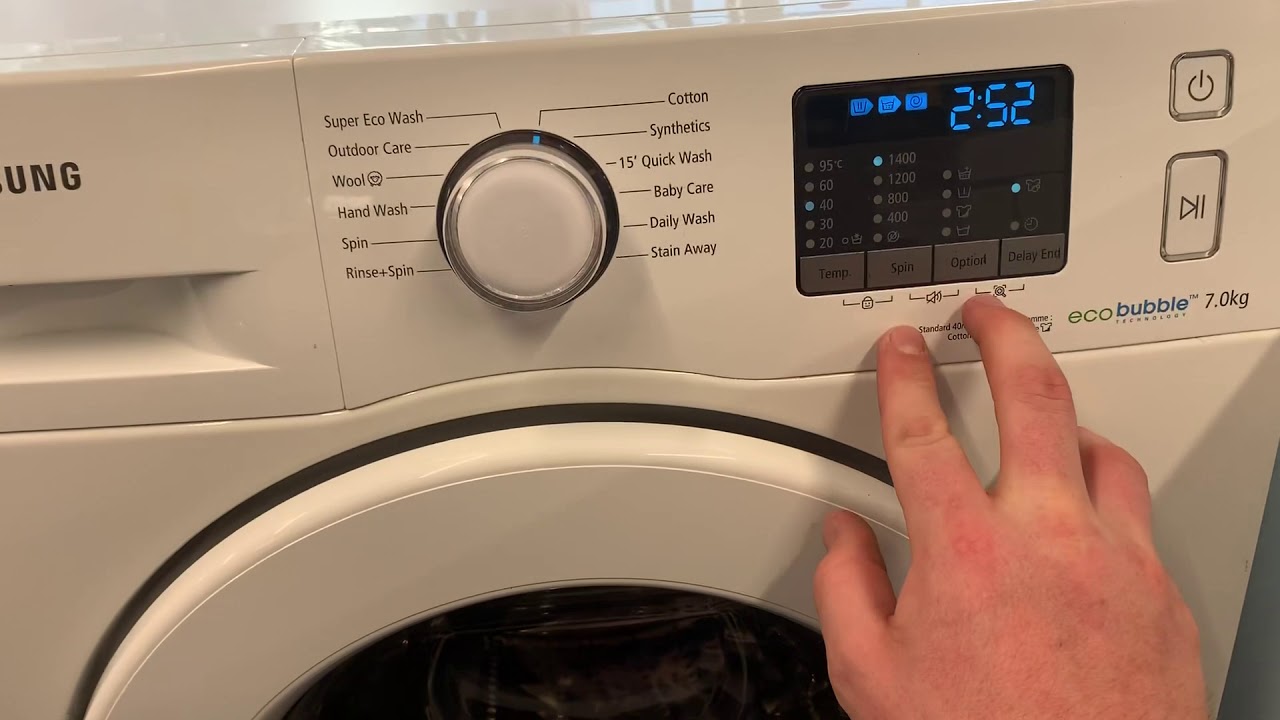
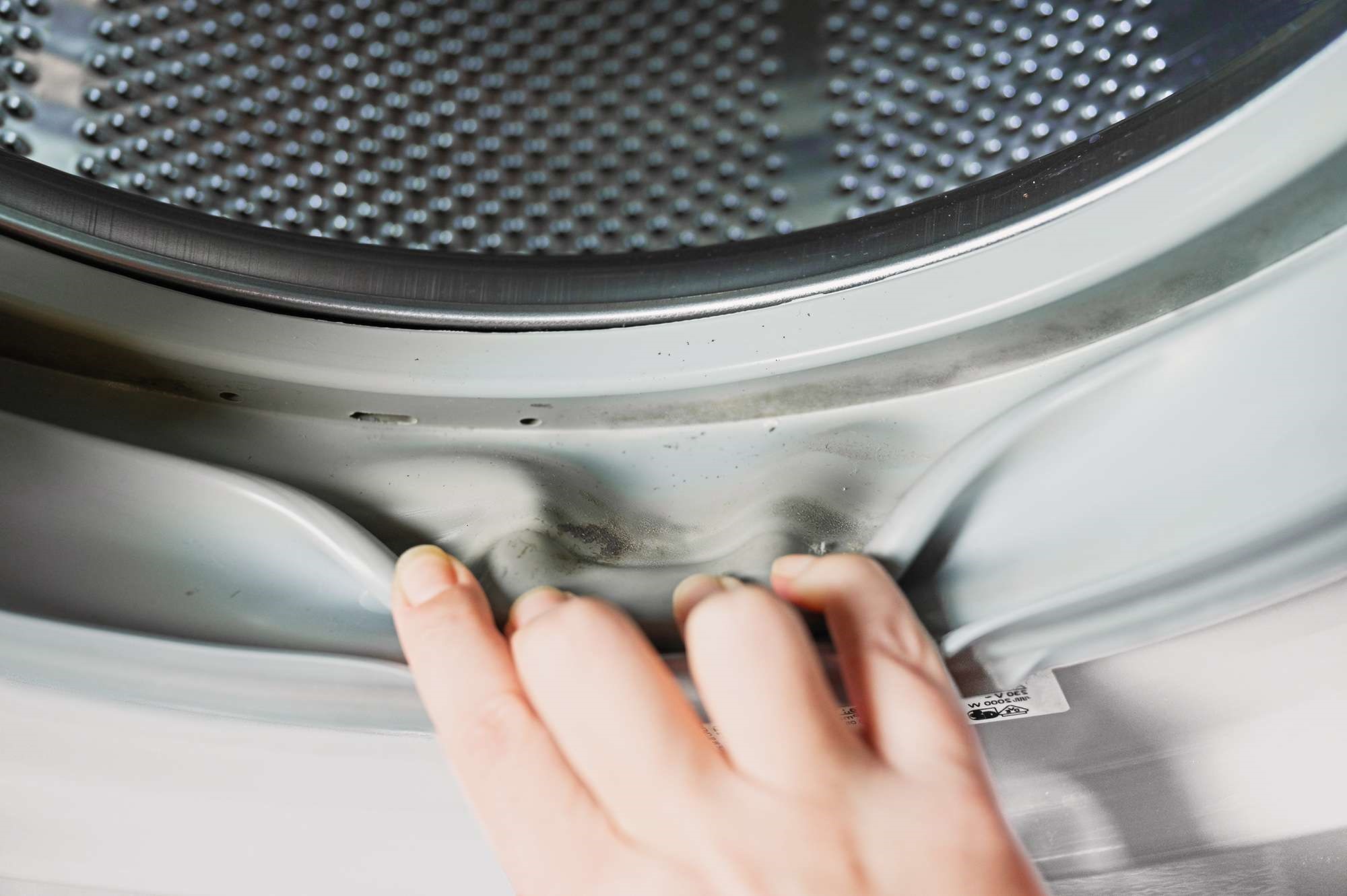
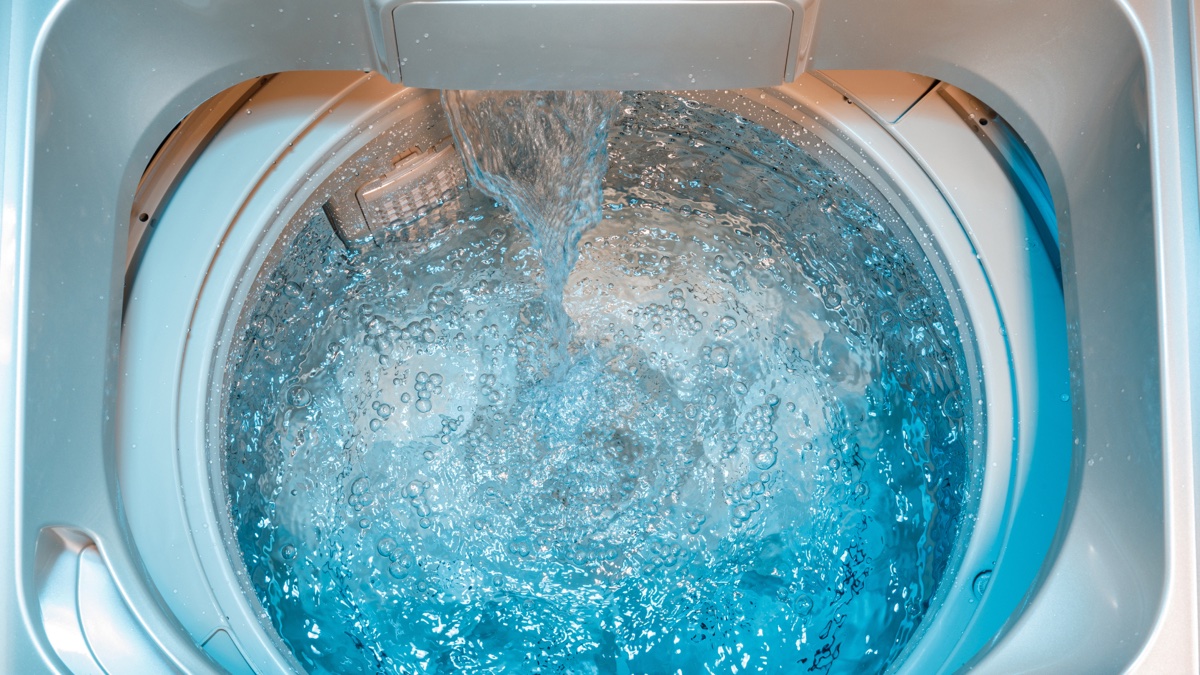

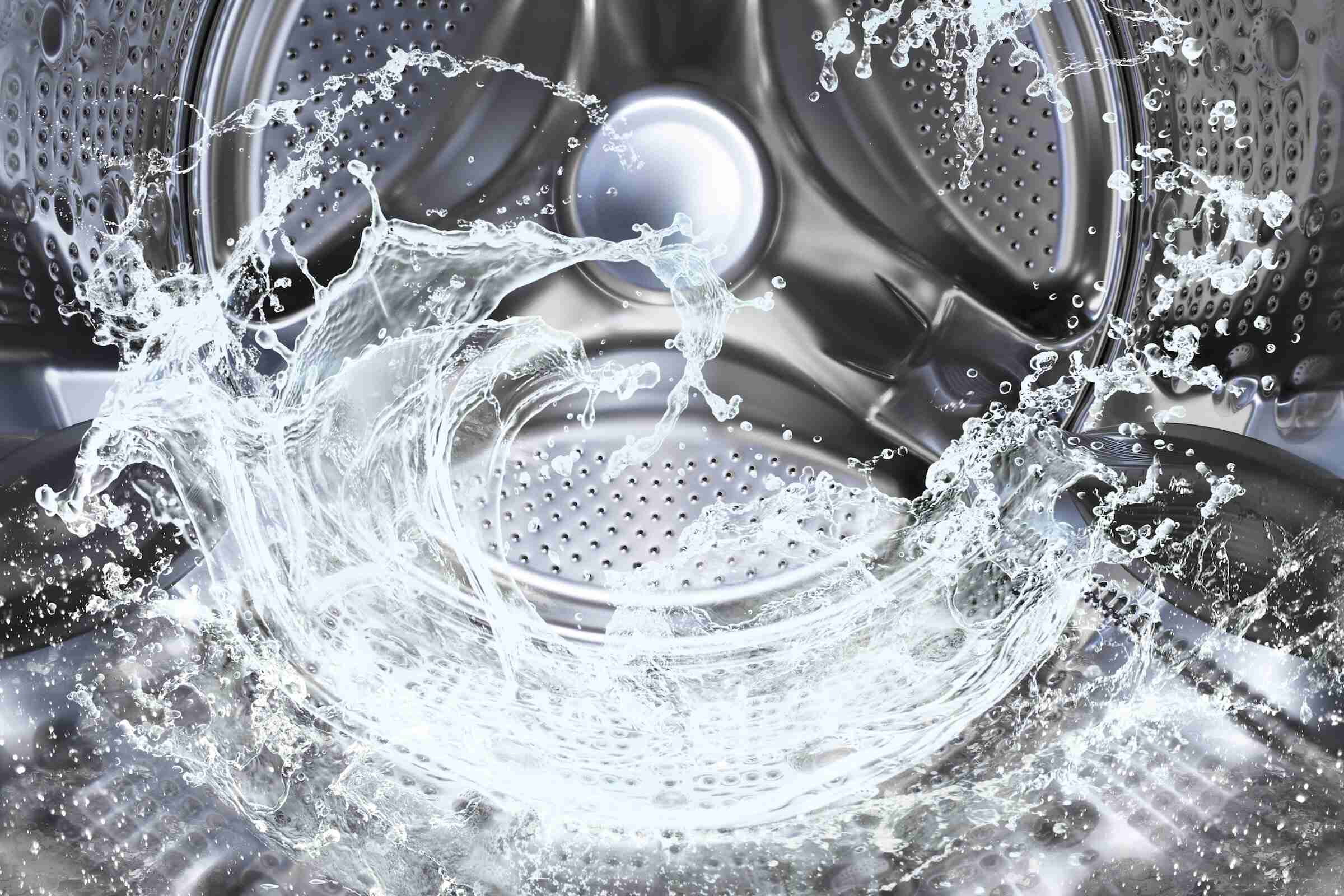

0 thoughts on “How To Wash Insulation Off Skin”